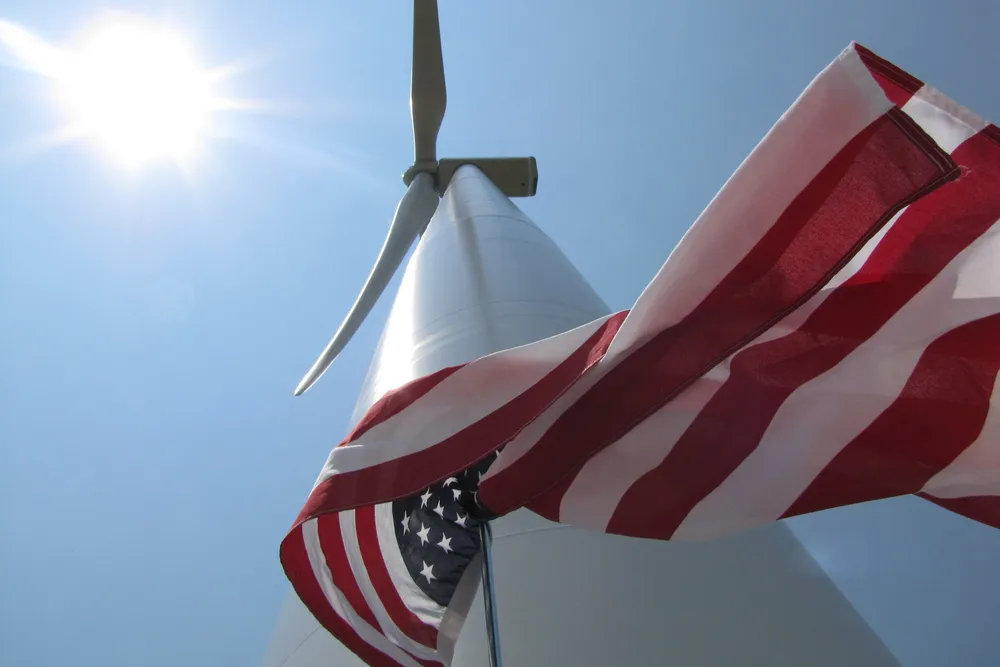US onshore wind boom heralds busy year in developer dash for safe harbours
Wood Mackenzie’s forecast of 44GW by 2030 vastly exceeds competitors as Trump’s recent orders hang over industry

US onshore wind installations surged 91% in the first quarter of this year, potentially heralding a construction boom as developers push for safe harbours amid Trump-related uncertainty, research consultancy Wood Mackenzie said today.
“The surge in first quarter wind installations, combined with a strong development pipeline, underscores the wind industry’s resilience and its capacity to rapidly deliver the clean, affordable, and reliable energy America needs,” said John Hensley, senior vice president of Markets and Policy Analysis at industry group American Clean Power Association (ACP).
Amid the strong results, the groups noted a 50% plunge in new turbine orders in Q2, their lowest level since 2020, due to policy and tariff uncertainty as Congress debated the Trump-backed ‘Big Beautiful’ Budget (BBB) law.
With passage of the BBB, turbine demand, “especially for safe harbour orders – is projected to rebound in the second half” of 2025, the report noted.
The BBB gives projects until 4 July 2026 to either start construction or spend at least 5% of Capex to qualify for investment (ITC) or production (PTC) tax credits, “creating a 12-month window for developers to begin projects and qualify for the four-year safe harbour,” the report said.
“This change is expected to drive increased safe harbor equipment activity for projects targeting 2029–2030 CODs [commercial operation dates], as permitting delays and supply chain constraints continue to limit earlier timelines,” WoodMac said.
The consultancy forecasts average annual installations of 8.9GW over the next 5 years across onshore, offshore, and repowering segments.
“By the end of 2029, approximately 44GW of wind power capacity is expected to be installed, comprising nearly 33GW from new onshore greenfield projects, 6GW from offshore development and 5.4GW from repowering,” WoodMac forecast.
Trump’s order also requires Treasury to renew guidance on ‘foreign entities of concern’ (FEOC) rules aimed at limiting access to US markets by mostly Chinese firms.
BNEF said “the definitions around what proof is required [to comply] could render the rule burdensome or impossible to meet.”
BNEF “therefore expects that solar and wind projects will need to be safe-harboured by the end of 2025 to claim tax credits.”
Not qualifying for tax credits “would increase unsubsidised Levelised Cost of Energy (LCOE) by 25% on average, a more substantial impact than tariff scenarios, which can add up to 10% to LCOE,” said Leila Garcia da Fonseca, the consultancy’s director of research.
More red tape
The order will have little impact on offshore wind as Trump has already completely shut down industry permitting.
As most onshore wind happens on private lands, the order won’t fully impact most onshore projects either.
Yet even on private lands, onshore wind is often subject to federal permitting, including flight path approvals and wetlands environmental go-aheads.